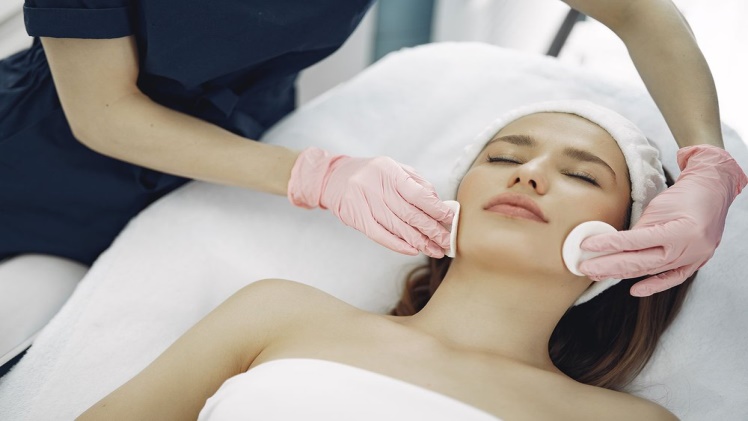Dermaplaning is a cosmetic procedure that removes the top layer of skin, leaving it feeling smoother. It is a minimally invasive procedure, meaning you will not need anesthesia during treatment. Depending on the extent of your treatment, it takes 30 minutes to an hour to complete. You can receive your dermaplaning procedure from our doctor’s office or an inpatient or outpatient facility. If you are considering this procedure, consult a plantation dermaplaning specialist to confirm your eligibility. However, it is usually an effective treatment for eliminating age-related skin imperfections, acne, and unwanted hair. Learn more about the best aftercare tips before getting your dermaplaning treatment.
1. Avoid Rubbing or Exfoliate Your Skin
After your dermaplaning treatment, avoid rubbing or exfoliating for at least a week to avoid acne breakout and hyperpigmentation. You can use a gentle cleanser to remove any residue on your skin’s surface. However, use mild cleansers to avoid irritation.
You can also moisturize your skin after your dermaplaning treatment. Moisturizers can help prevent dryness and irritation by increasing moisture in your epidermis. If you are still determining the type of cleanser or moisturizer to use after treatment, consult your doctor.
2. Protect Your Skin From Direct Sunlight
Dermaplaning is an excellent way to prep your skin for the summer months, but you need to take precautions. One of the best ways to protect your skin from the sun is by wearing sunscreen and staying in the shade at home or on vacation. Also, if you plan to spend a lot of time indoors, you must avoid tanning beds and other indoor UV exposure.
3. Avoid Abrasive Soaps and Lotions
Avoid harsh soaps, cleansers, and lotions. Many products contain alcohol or fragrance that can irritate the skin after dermaplaning. Instead of using a soap-based cleanser, try a mild moisturizer with no oil or wax.
Using mild skin care products can help you avoid irritation while keeping your face clean. Also, avoid products containing alpha hydroxy acids and retinoids. These products can cause redness and scaliness in sensitive areas like your skin. Contact your dermatologist if you have questions about what to use after dermaplaning.
4. Avoid Dermal-abrasion Products
After receiving your dermaplaning treatment, avoiding dermal-abrasion products is best. These products can cause irritation, swelling, and scarring. The best way to achieve your desired look is by using a mild chemical peel or microdermabrasion. However, using products designed for your skin is best if you have sensitive skin. You should always consult your dermatologist before using any skin care product to ensure it is safe.
5. Avoid Places With Chlorinated Water
Chlorinated water, such as swimming pools, contains chlorine which acts as a disinfectant. This chemical often causes dryness, itchiness, and irritation, especially on sensitive skin. Since derma planing often leaves you with temporary sensitive skin, avoiding contact with chlorinated water for at least three days after treatment is best. Avoid chlorinated products such as synthetic rubbers, polymers, and refrigerants celeblifes wearfanatic fullformcollection gyanhindiweb.
If you are considering dermaplaning, it is a great idea to consult your dermatologist first. Doing so will help you understand your skin needs and how the procedure should be done. You can also talk with family members or friends who have done the procedure before so they can share their experience with you.

